
.
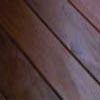 wooden floors
wooden floors
Part I – Definitions
First of all, we are going to start by briefly defining the different types of wooden flooring.
.
decking
Wooden flooring made up of boards attached by their edges, generally with a width greater than 12 cm, which are fixed with nails or screws directly to the wooden joists. It is generally used in installations that must support significant loads and when the resistant aspect prevails over the decorative one, for example in agricultural installations.
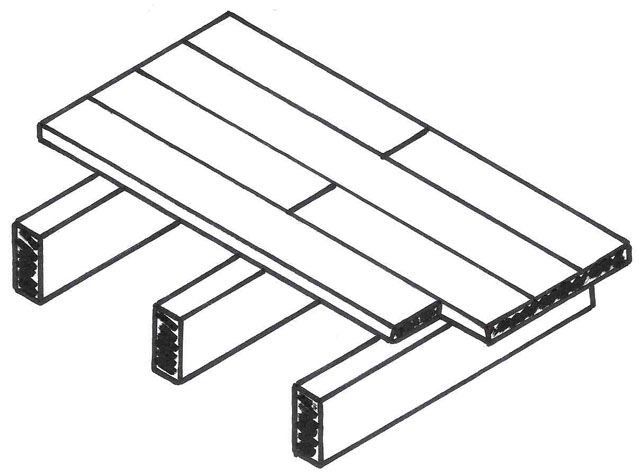
.
Floating floors
Wooden flooring made up of tongue-and-groove boards around its perimeter or at least on its edges that form geometric figures. It is fixed to the support by means of battens to which the boards are nailed. In turn, the battens are glued, nailed or received on the support with cement or plaster mortar.
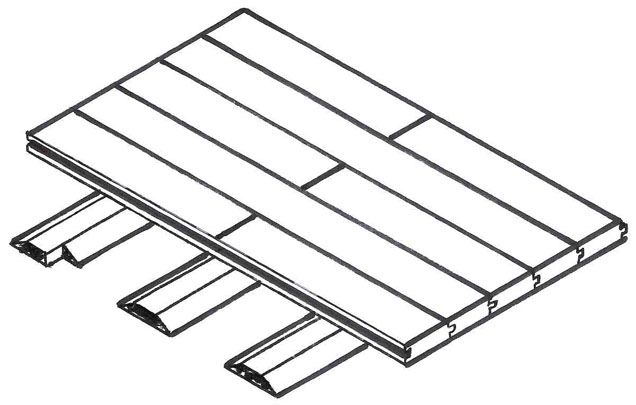
In flooring intended for large premises, generally for sports use, the use of floating flooring is frequent, in which the battens are arranged without fixing to the support to allow a play on the entire surface.
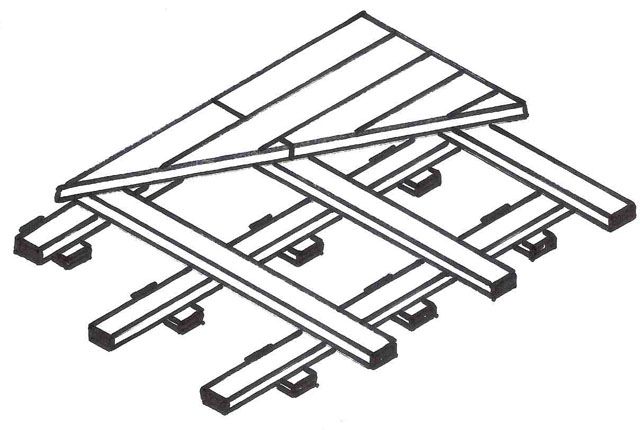
.
mosaic parquet
Wooden flooring consisting of slate holders attached to each other but not joined, forming geometric figures and attached to the support by means of an adhesive product.
Depending on the dimensions of the tablets, it is called inlaid or lamparquet (see Dimensions).
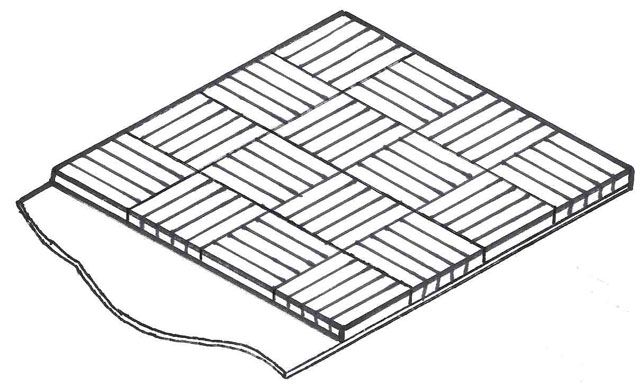
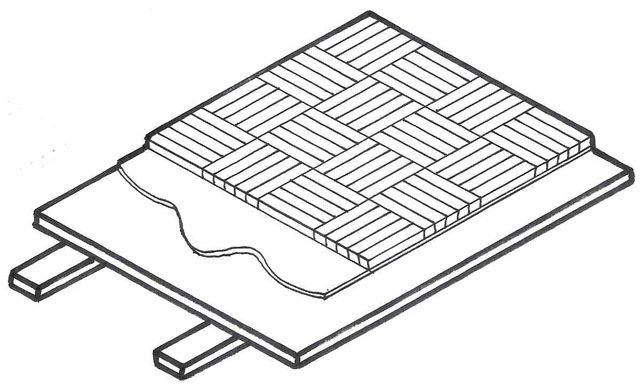
.
floating parquet
Wooden flooring made up of boards or tongue-and-groove boards glued together, arranged on the floor through a sheet of elastic felt. The slats are made up of a support board (plywood, particleboard, fiberboard or even solid wood), on which a higher-quality sheet of wood is glued, visible, with a thickness of 2 to 8 mm.
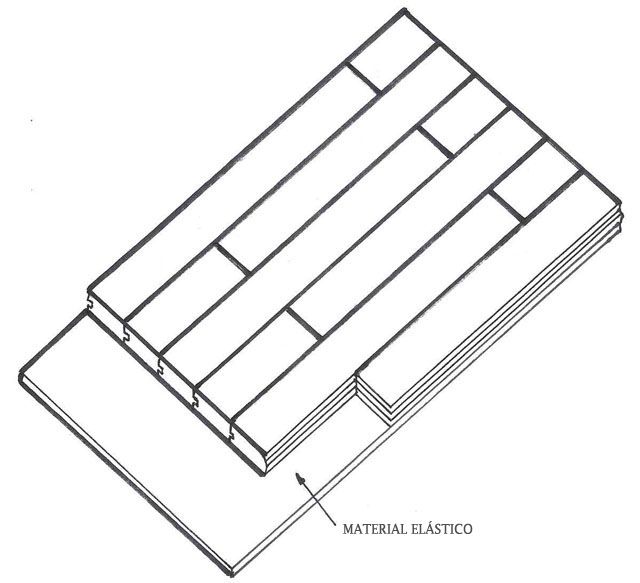
.
industrial parquet
Wooden flooring consisting of slate holders attached on their faces but not joined together, and supported on the support on one of its edges, so that the other edge is visible and constitutes the surface of use.
The maximum resistance to wear is sought but without decorative purposes, so that the worst qualities can be used. Inlay size slats are generally used. It is used when a very abrasive use is expected, such as in industrial installations and public places.
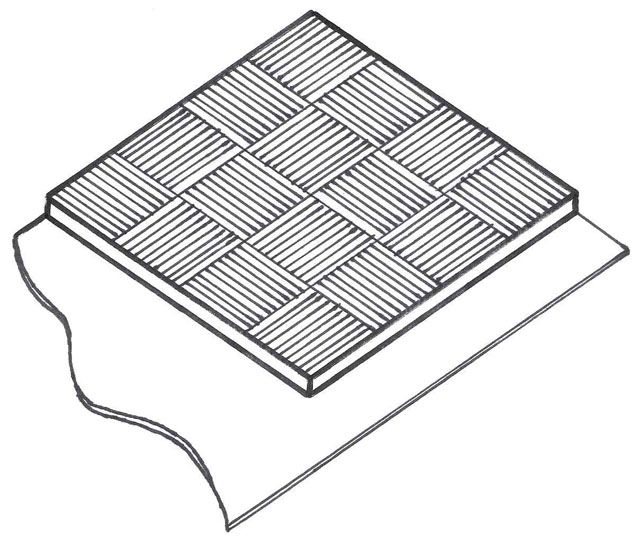
.
Hydraulic parquet
Wooden flooring made up of boards or slats attached to each other forming geometric figures, joined to a tile of hydraulic mortar by means of an asphalt layer. Currently unused.
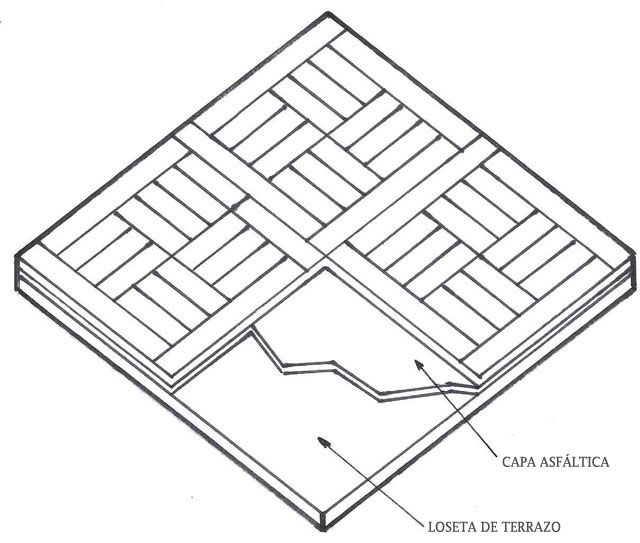
.
plugged
Pavement made up of adjoining blocks (cobblestones) not glued together and placed with the direction of the grain perpendicular to the support (in this way the surface that remains visible is the end of the wood).
It is suitable for places that require great resistance to abrasion and concentrated loads.
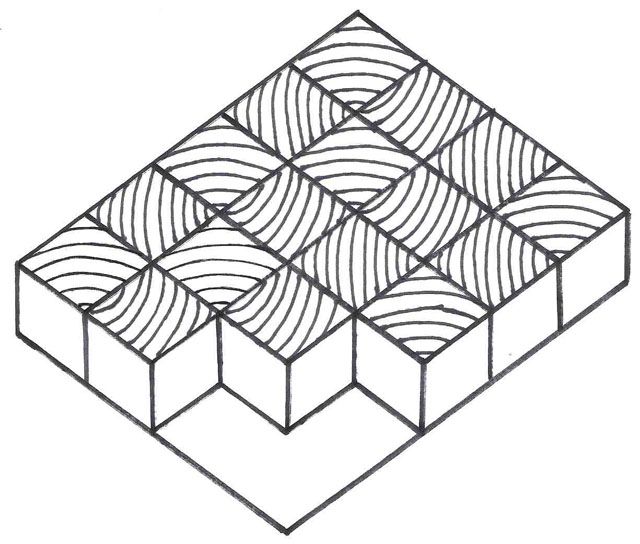
.
Source: Guide to wood for construction, design and decoration. AITIM..



